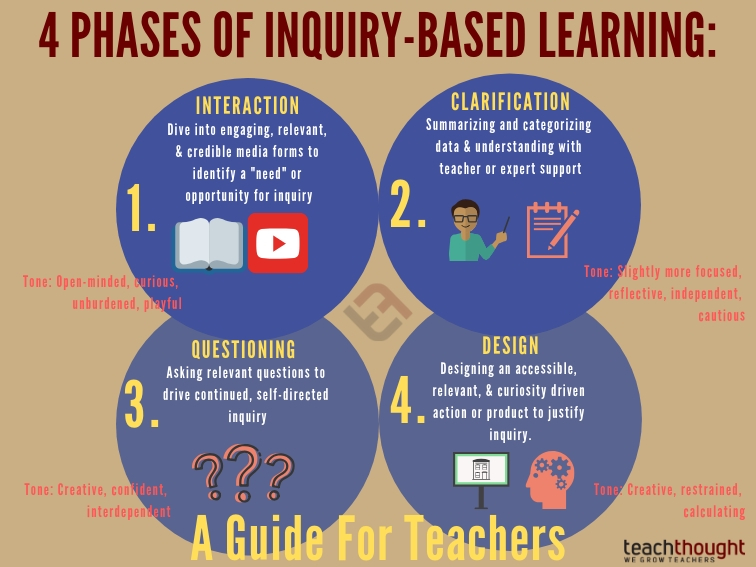
What is Inquiry-Based Learning
This learning approach emphasize the role students play in a learning process. Compared to more traditional approaches where teachers take the leads and tell students what they need to know, inquiry-based learning gives the students the choices on what they want to know. It gives the students the freedom to explore, inquire, experience and discuss.
Benefits of Inquiry-Based Learning
The freedom of learning in a controlled environment ensures what students are supposed to learn, and also encourages their initiatives in learning and inquiring knowledge. Students could also learn the ways of learning through experiences in the process of inquiry-based learning.
By actively engaging in the learning process, students are not just using listening or reading which are ways of in-taking information. They are given the chances to explore using their own logic to process the information and learn from their first-hand experiences.
Here are seven benefits listed for inquiry-based learning (Sara, 2019):
- Enhances learning experiences for children
- Teaches skills needed for all areas of learning
- Fosters curiosity in students
- Deepens students’ understanding of topics
- Allows students to take ownership of their learning
- Increases engagement with the material
- Creates a love of learning
Check the website for more details on the illustrations of the benefits.
Learning Design Blueprint
Inquiry-based learning could be a great way to use on the topic my group chose on Inflation. Inflation is an economic term that describes the phenomenon where money (in terms of cash) becomes less valuable through time. Inflation affects everyone living in a free market with supply and demands. We could observe inflation when the price of the same items on the market changes (it usually goes up).
Knowing what inquiry-based learning from this blog, I think this learning approach is a good way to introduce the concept of inflation in our learning resource design because the phenomenon of inflation could be found in many places so that students could have abundant opportunities to interact with the resources and generate initial curiosity and questions about inflation. They could also draw, share and learn through real-life experiences.
Source cited:
Heick, T. (2022, January 20). 4 phases of inquiry-based learning: A guide for teachers. TeachThought. Retrieved October 9, 2022, from https://www.teachthought.com/pedagogy/phases-inquiry-learning/
Sara. (2019, May 28). What is inquiry-based learning (and how is it effective)? GradePower Learning. Retrieved October 8, 2022, from https://gradepowerlearning.com/what-is-inquiry-based-learning/
Comment to peer work:
Good overview of Inquiry-Based Learning! I appreciate that you put it in your own words. You mentioned some benefits of this approach. I wonder if there are there any drawbacks?
It would also be helpful if you could provide specific examples of how this approach can be applied in a real classroom. What specific strategies can teachers use?
When you provide direct citations from the original text, please add the exact page/paragraph it was taken from.
This piece feels like a gentle invitation to think more deeply, while never losing the sense of wonder.